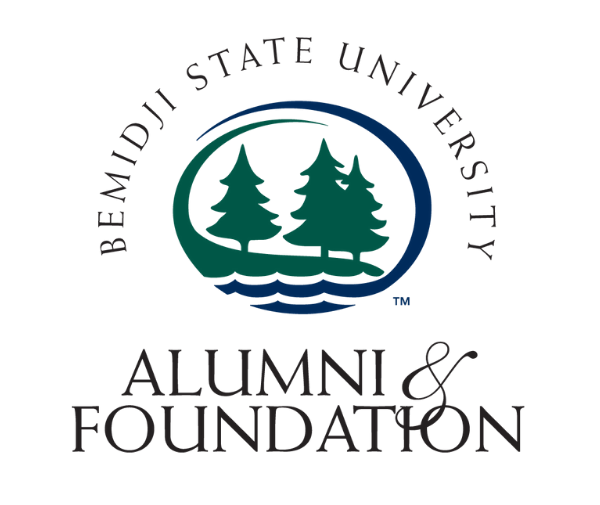
By Micah Friez
Published 7:00 a.m. on Oct. 14, 2024
As Ann Aitken Humphrey put it, traditional higher education systems carry a resistance to American Indian existence.
So she and Bemidji State University have set out to do more and do better.
“A lot of the things we’re learning in my class revolve around how certain systems and places were not built for the success of non-white people,” said Aitken Humphrey, the associate director of the American Indian Resource Center. “For American Indians, it becomes an act of resistance just existing in higher education. But I think Nisidotaading has opened the eyes of many, many people on campus.”
Nisidotaading is newly introduced curricula at BSU that teaches students, staff and faculty about the history of American Indians in the region and encourages greater understanding, empathy and relations. “Nisidotaading” (nih-sih-doe-TAA-ding) is an Ojibwe phrase that means “having a mutual understanding” and embodies Bemidji State’s unique approach to diversity, equity and inclusion.
Beginning this fall, all students must successfully complete a course in the Nisidotaading program prior to graduation. The classes, which are meant to help students develop an understanding of American Indian peoples, cultures and issues, fall into five broad categories: Indigenous history; Indigenous culture; Indigenous ways of knowing; contemporary Indigenous issues; and Indigenous languages.
Aitken Humphrey has also extended instructional opportunities to BSU staff and faculty for over a year, allowing everyone on campus a chance to develop a deeper understanding of the realities faced by Anishinaabe communities in a way that is relevant to the region and individuals’ unique lives.
“The cool thing about Ojibwe culture, and American Indian culture in general, is that it’s always been here,” said Aitken Humphrey, who is an enrolled member of the Leech Lake Band of Ojibwe. “Nisidotaading is more of a highlight of how we can all be better neighbors, how we can all be more connected, understanding, empathetic.”
Nisidotaading is a pioneering program that exists only scarcely elsewhere in North America. In Alaska’s university system, all students take a course on Alaska Native peoples, and a number of Canadian universities require students to take a course on local Indigenous peoples before they graduate.
Although implementation of Nisidotaading is less than a semester in at Bemidji State, Aitken Humphrey is already seeing benefits within her classroom and throughout campus.
“Nisidotaading is a great stepping stone not only for American Indian students who are coming here, but also for non-Native people,” she said. “It’s helping to fill in those gaps of history that were not taught in high school, or even some college.
“We’re also seeing a lot of students more integrated and not so afraid of coming into our building. I’ve got hockey players, track athletes, all kinds of students from all sorts of backgrounds and realms. Without the Nisidotaading course requirement, I don’t think they would have ever stepped foot in the AIRC during their time. It’s already building bridges.”
Working together, seeing results
When Aitken Humphrey first embarked on Nisidotaading training, she opened her doors to BSU employees for a course that blended instructional and discussion time. She found success, but she also discovered a disconnect between the takeaways and what was most important for people to know within their particular fields.
So Aitken Humphrey tweaked the mode of the course and has since offered training to individual departments, allowing her to tailor the lessons toward their specific needs for historical context, policy and more. Most recently, she has worked with the Hobson Memorial Union and Career Advancement staffs.
“Now, with the greater BSU community being able to have Nisidotaading, they’re thinking about American Indians and how their work will affect American Indian issues,” Aitken Humphrey said. “I’m really happy because that wasn’t a perspective that was even considered before.”
Ultimately, the fruit of her work benefits the students.
Bemidji State’s American Indian population is increasing, with 353 American Indian students currently enrolled. Sixty-five Indigenous students graduated last spring, as well.
More and more, Aitken Humphrey sees students who look like her. And that development is especially rewarding for her because it’s happening at BSU, where she was a former PSEO student and where her dad and uncles all attended.
“It’s kind of a full-circle thing for me to be teaching an entry-level Indigenous Studies course for BSU because it’s something that my dad had dreamed about,” Aitken Humphrey said. “I’m very thankful that there were many people involved in the creation of Nisidotaading, bringing it to fruition and letting it be a thing. It’s really exciting for me to add to my dad’s legacy in that way.”

KEEP READING:


